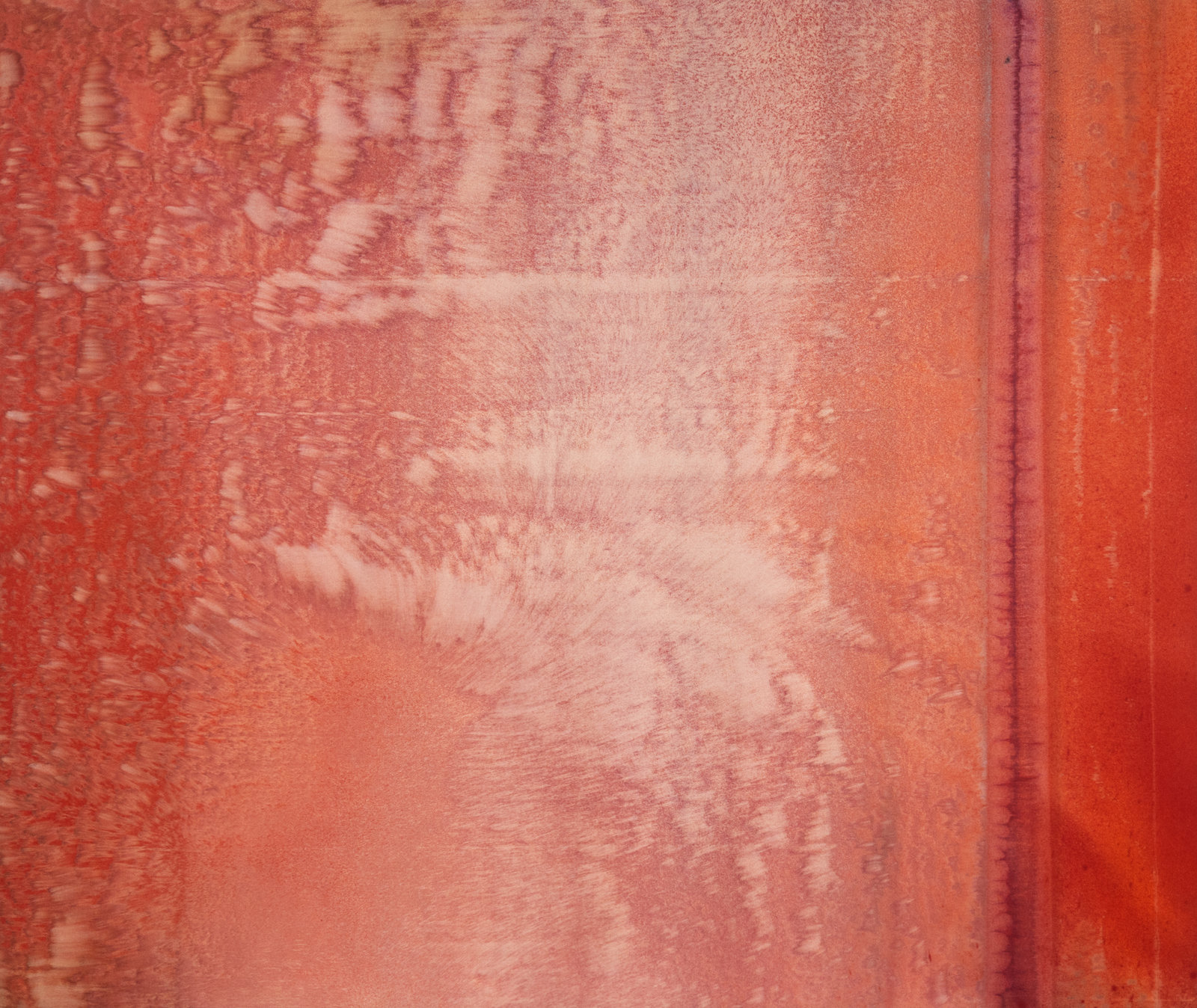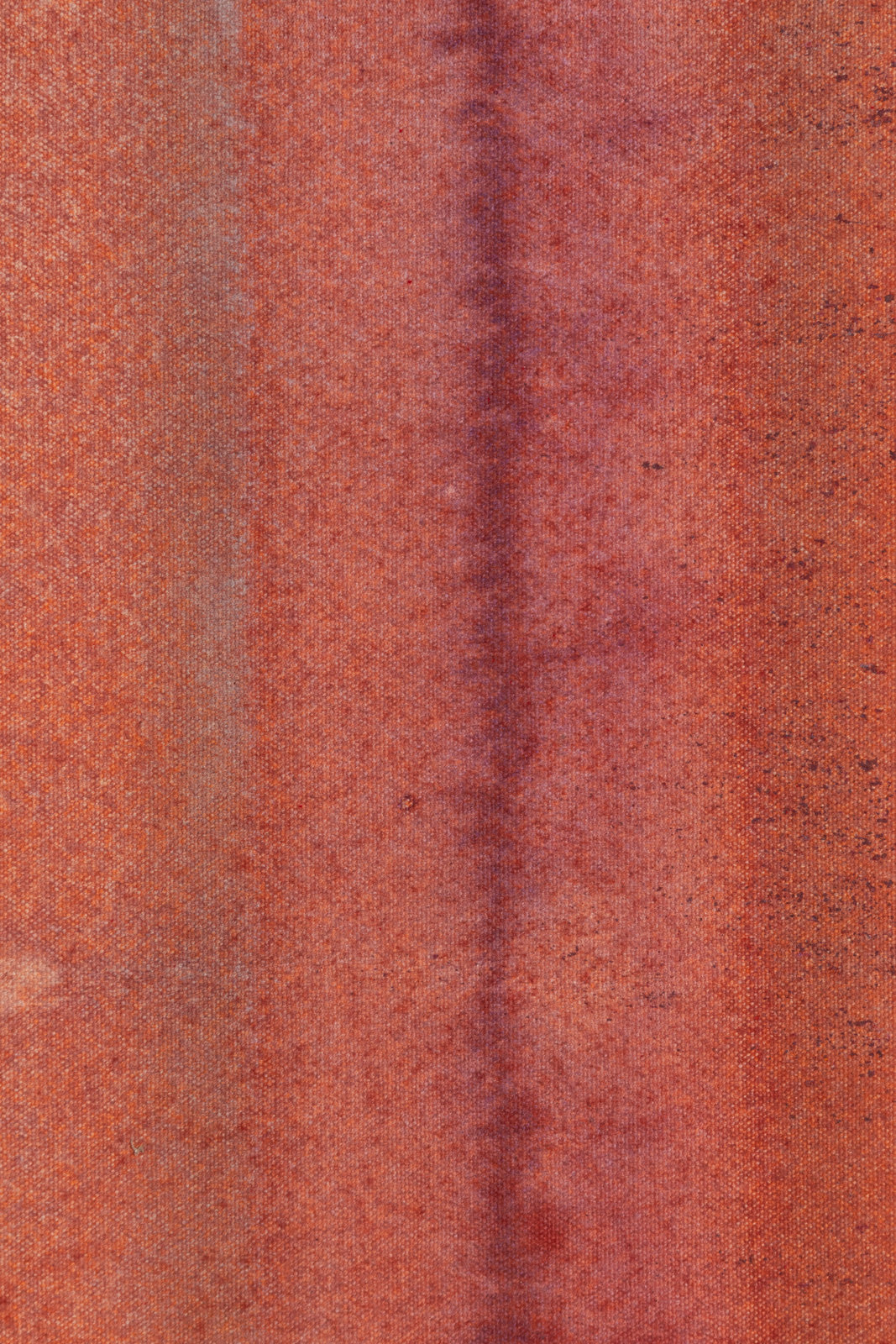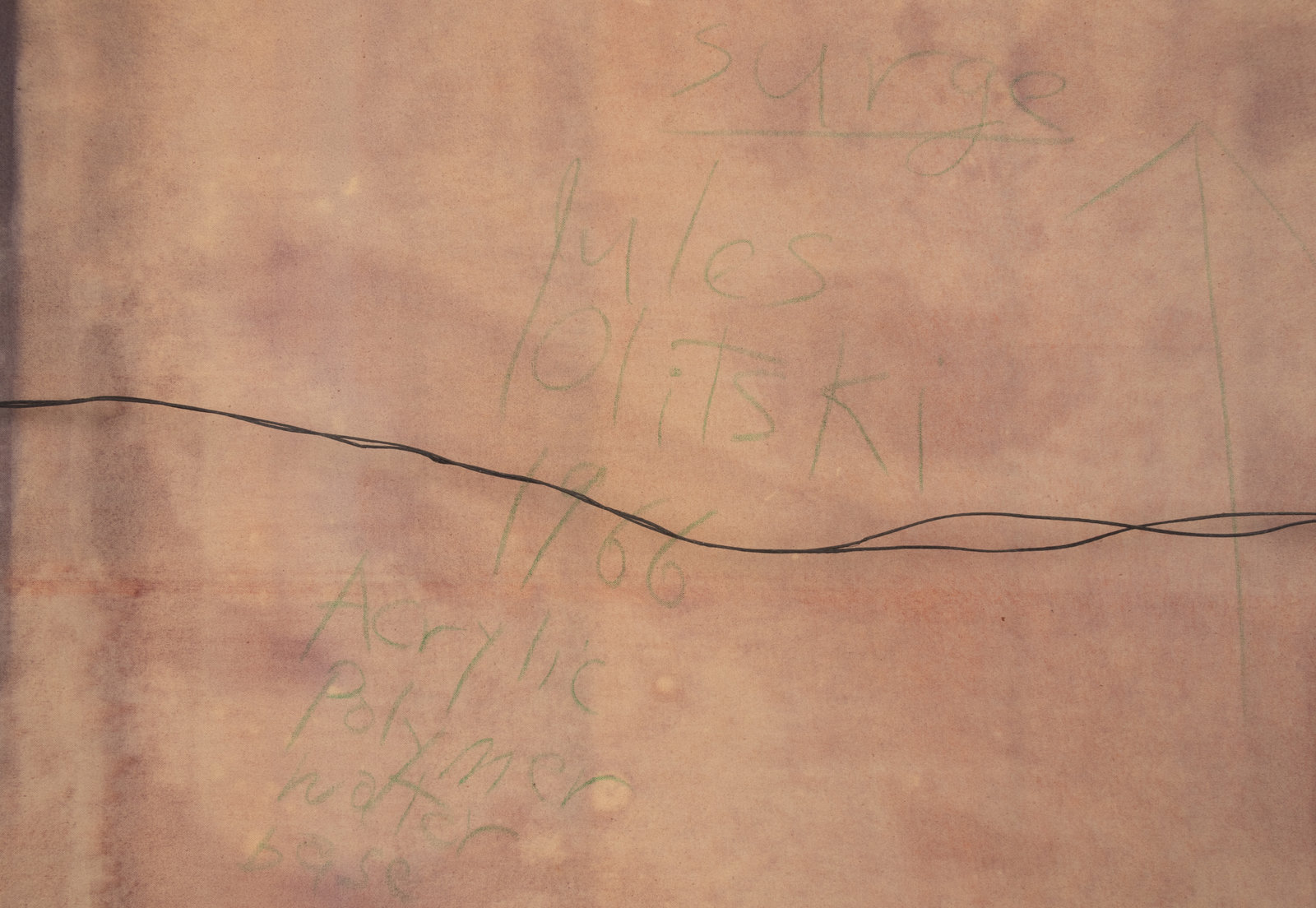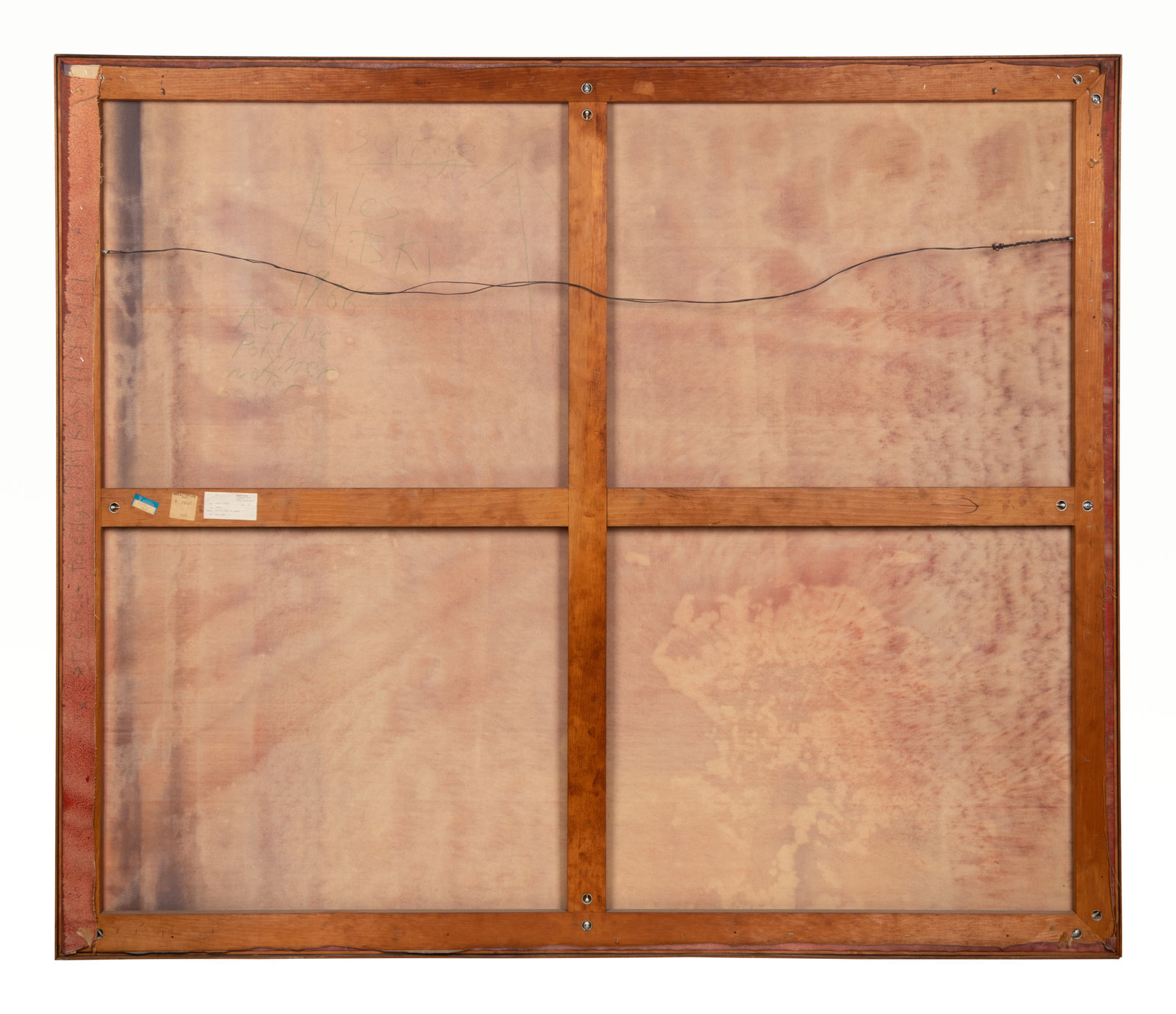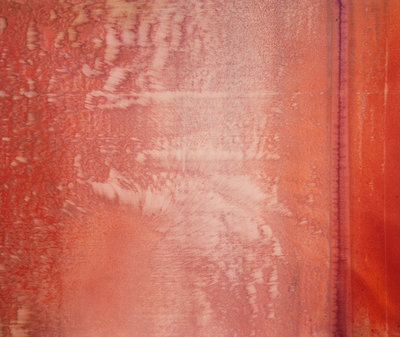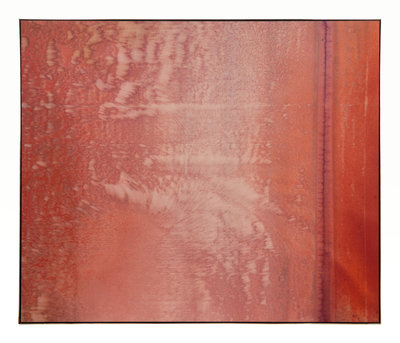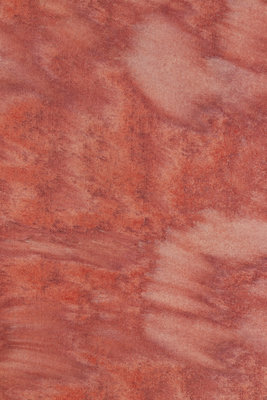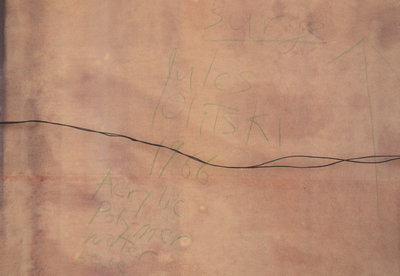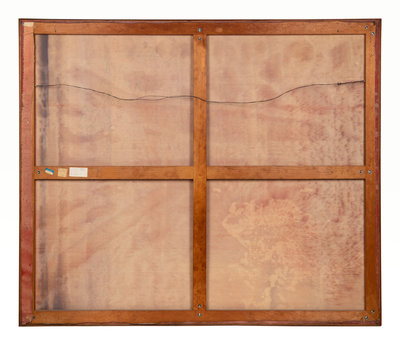Jules Olitski
(American, 1922-2007)
Surge
, 1966
Sale 809 - Post War and Contemporary Art
Dec 9, 2020
10:00AM CT
Live / Chicago
Estimate
$60,000 -
$80,000
Sold for $93,750
Sold prices are inclusive of Buyer’s Premium
Lot Description
Jules Olitski
(American, 1922-2007)
Surge
, 1966acrylic on canvas
signed Jules Olitski, titled and dated (verso)
69 3/4 x 82 3/4 inches.
Property from the Estate of Harriet Wilson Ellis, Chicago, Illinois
Provenance:
Kasmin Limited, London
Lot Essay:
Surge, 1966, and First Tremor, 1969, are foremost examples of Jules Olitski’s radically innovative technique of laying down atmospheric blankets of colored spray on canvas. The artist began using spray guns to apply paint in the early 1960s while teaching at Bennington College in Vermont. A class visit to Kenneth Noland’s studio, accompanied by fellow instructor and sculptor Anthony Caro, led Olitski to this revolutionary artistic experiment. Olitski recalled, “Tony says he wants for his sculpture to emphasize the density, the materiality of steel. Without thinking I said I want the opposite for my painting... Later that night, falling asleep, I saw it in my mind’s eye, a flow of paint indeed; colors merging. Paradise. I rented a spray gun the next day.”
For his process, Olitski stretched and stapled canvas to the floor to keep it from shrinking. From atop a ladder, he clamped a dozen spray guns filled with diluted acrylic paint aimed at a canvas below. The artist then led the gun’s electric cord to a multiple outlet extension cord, and that to another outlet, until all that was required to set off the apparatus was to plug in the last one. Olitski waited to see the spray cloud in its purity of color before he left the room, allowing the paint to fall where it may. He repeated this process until the paint accreted into a dense surface, intermittently making subtle adjustments to the randomly colored flow of paint.
The canvas of Surge, 1966, is unprimed, which allows the thin water-based acrylic polymer to stain and flow through the fibers. Much of the surface is occupied by diaphanous pale pink splashes, which hypnotically billow and ripple toward the dark boundary that bisects the composition’s right side. These defined paint edges show the artist’s practice of masking out areas of pigment during the painting process in order to create internal frames within the composition. Olitski began to use this technique in the winter of 1965-66, as he continued and developed his compositional practice of confining incident to the periphery of the canvas, usually by defining an edge, or edges, with a stripe of paint or a line of pastel in a different color. Surge was created the same year Olitski was selected as one of four artists to represent the U.S. at the 33rd Venice Biennale.
First Tremor, 1969, is a moodily ethereal work, with predominant colors of green and purple that intensify each other, an effect Olitski often took advantage of in his work. The artist was always drawn to bright color, experimenting with unusual color harmonies and chromatic changes. The green splatters of pigment in First Tremor shimmer and shift against the deep purple and create an almost palpable presence to the painting. Along the right and left sides are delineated boundaries of paint, which show Olitski’s continued practice of creating internal frames. A painting with a similar title, Second Tremor, 1969, is now in the Albright-Knox Art Gallery, Buffalo, New York. 1969 is also the same year the artist was invited to show his aluminum spray-painted sculptures at the Metropolitan Musem of Art, New York, the first living American artist to be given a solo exhibition there.
Both Surge and First Tremor reveal that Olitski had “...accomplished what the Abstract Expressionist pioneers grasped only tenuously: the creation of an abstract picture as an autonomous, spiritual object made solely from painting’s own irreducible materials of paint and canvas and from their concomitant expressive features of scale, surface, and color.” (Kenneth Moffett, Jules Olitski, New York, 1981, p. 64)
Condition Report
The physical condition of lots in our auctions can vary due to
age, normal wear and tear, previous damage, and
restoration/repair. All lots are sold "AS IS," in the condition
they are in at the time of the auction, and we and the seller make
no representation or warranty and assume no liability of any kind
as to a lot's condition. Any reference to condition in a catalogue
description or a condition report shall not amount to a full
accounting of condition. Condition reports prepared by Hindman
staff are provided as a convenience and may be requested from the
Department prior to bidding.
The absence of a posted condition report on the Hindman website or
in our catalogues should not be interpreted as commentary on an
item's condition. Prospective buyers are responsible for
inspecting a lot or sending their agent or conservator to inspect
the lot on their behalf, and for ensuring that they have
requested, received and understood any condition report provided
by Hindman.
Please email conditionreports@hindmanauctions.com for any additional information or questions you may have regarding this lot.
